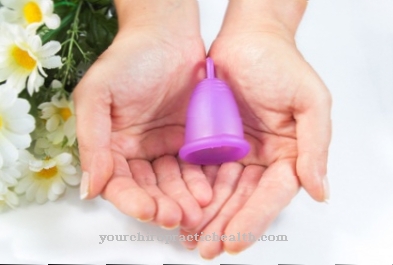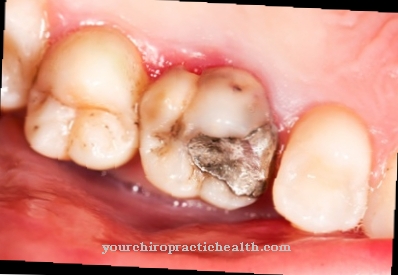The Nail brush is a practical and indispensable utensil when it comes to thorough cleaning and care of our nails. From discounter goods to designer items, there is now pretty much everything and although the inexpensive version can also ensure effective cleaning of the nails, it sometimes makes sense to opt for a high-quality product or a certain type of bristle.
What is a nail brush?

Plastic or wood, natural fiber or easy-care nylon? The choice of the right nail brush should be made dependent on two factors: the degree of regular soiling and the position of the brush in the hand. So is it about soiling of the hands after work in the household and garden, or in the direction of more stubborn soiling? It is worthwhile to study the product descriptions in detail, because with the right brush you can clean your hands thoroughly.
Wooden brushes in particular are enjoying growing popularity. Many of them are also made in Germany. In the Black Forest, in the Allgäu or in the Teutoburg Forest, there are a large number of manufacturers who specialize in the production of brushes and household items. The north also has some production facilities. The raw materials required for this are obtained from local forests, as well as through the purchase of Mediterranean woods.
Forms & functionality
The nail brushes have developed tremendously over time. There are countless colors, shapes and finishes as well as more and more different degrees of hardness and bristle materials.
In addition to classic models, there are now also nail brushes with handles or real individual hand flatterers, equipped with brush trimmings on one or both sides. The brush bodies vary from plastic to wood, although thermowood brushes are becoming increasingly popular. Often used materials are beech followed by oak, ash and pear tree and in the high-priced area also olive wood. Thermowood brushes are very popular due to their heat resistance and can therefore also be used in humid and hot wellness areas or sauna areas without the material suffering.
With the trimmings, i.e. the brush, a distinction is made between natural fibers, animal hair and synthetic fibers. Natural fiber is obtained from the agave plant "Agave lechuguilla", which comes from Mexico's high plateaus. These fibers are very supple, skin-friendly, as well as heat and acid-resistant. Wear occurs only slowly, as these plant fibers keep getting back to their original position and thus help the brush to last.
The animal hair is made of pig bristles. But here, too, a distinction can be made between Chinese and German domestic pigs and wild boars. Depending on the breed, different degrees of hardness of the bristles must be observed. The lower approaches are mostly used for the nail brush trimmings: Pig bristles are divided once or twice and only the lower cuts are suitable for the robust nail brushes. Wild boar bristles have a particularly hard property and are therefore often used for nail brushes in the commercial sector.
A distinction is also made between three things for synthetic fibers: In addition to nylon, polyprobylene and polyester are also used, the latter being used particularly in the clinical sector and in the food sector due to its UV resistance and temperature resistance of up to 120 degrees Celsius.
Medical & health benefits
Thoroughly cleaning your nails can minimize a lot of health risks. Bacterial infections can be prevented in this way, and regular use will keep your hands soft and well-groomed. When used with the right brush, the use of cleaning agents can sometimes even be dispensed with. In the case of heavy soiling, however, the additional use of soaps is advisable.
Correct use of the nail brush, i.e. watering the hand, watering the bristles and carefully increasing the brush pressure on the fingernails, will in most cases achieve thorough cleaning. After that, we recommend hand and nail care in the form of a cream.
Cleaning the brush is also important in this context. After cleaning, let clear water run over the bristles until all soap and dirt residues have dissolved. A little trick: if you want to sterilize your nail brush effectively, you can put it in a container with water and add a few drops of vinegar. After the exposure time, the liquid can be rinsed out under clear water.
With brushes with a folding function - such as travel brushes - you should make sure that the bristles are completely dry before the brush is folded up. This prevents harmful germs. The fewer people who use the same nail brush, the more hygienic the personal hygiene.




























